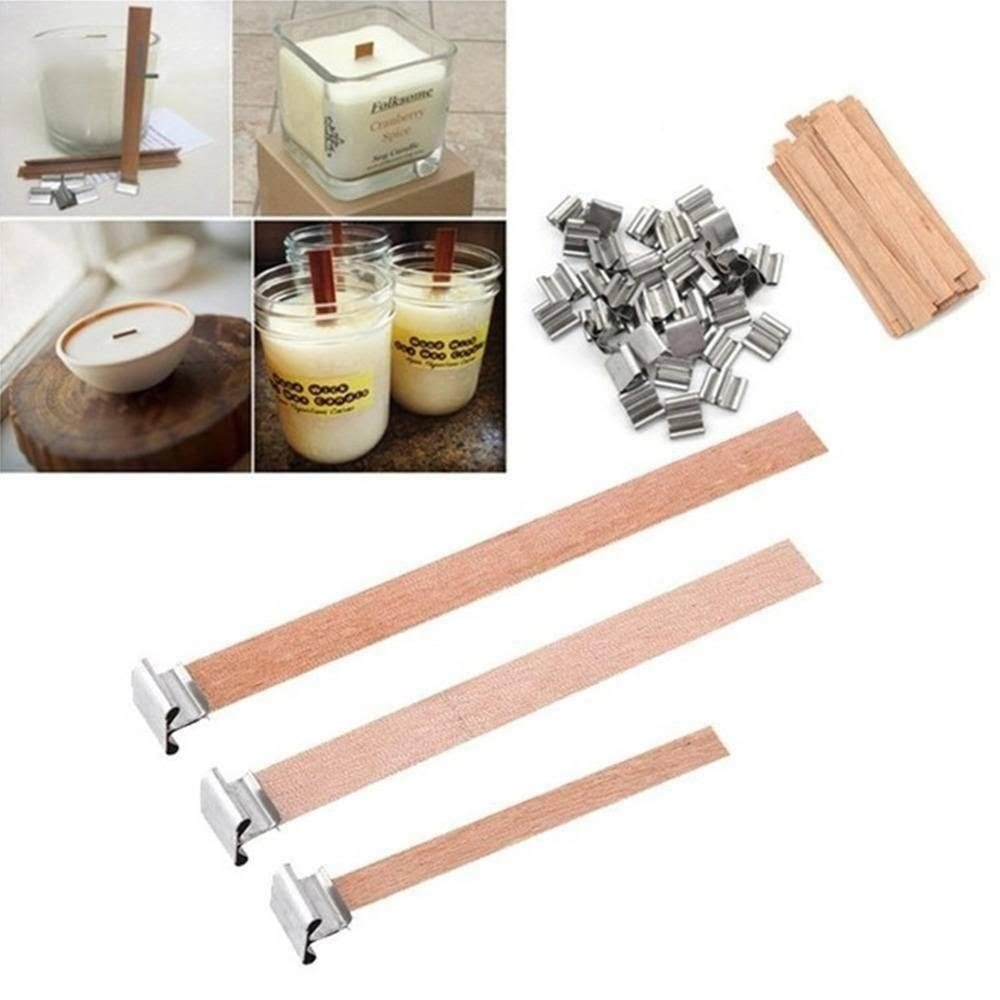The candle making market in India has been experiencing significant growth in recent years, driven by a combination of factors such as increased consumer demand, innovative techniques, and the influence of traditional and cultural practices.
This article provides an in-depth analysis of the various aspects of the candle making industry in India, including its historical overview, evolution of techniques, major players, types of candles available, market trends and growth prospects, as well as the impact of traditional and cultural influences.
India has a rich heritage when it comes to candle making, with a history that dates back centuries. The evolution of candle making techniques in the country has been remarkable, taking inspiration from traditional methods while also incorporating modern advancements. In recent years, the market has seen the emergence of new players and innovative products, further contributing to its rapid expansion.
As we delve deeper into this article, we will explore the different types of candles available in the Indian market today, ranging from traditional to contemporary designs. Additionally, we will analyze the market trends and growth prospects for candle making in India, shedding light on the factors driving this industry forward.
Moreover, we will also examine how traditional and cultural influences have shaped the candle making market in India and discuss the challenges and opportunities that entrepreneurs face within this thriving industry.
Historical Overview of Candle Making in India
The historical overview of candle making in India provides a fascinating look into the ancient origins and evolution of this traditional craft. For centuries, candles have been an integral part of Indian culture, with references to their use dating back to ancient times. The early history of candle making in India can be traced back to the Indus Valley Civilization, where evidence suggests that tallow was used to make primitive candles.
Ancient Techniques and Materials
In ancient India, the production of candles involved the use of various natural materials such as beeswax, tallow, and plant extracts. The wick was typically made from cotton or other fibrous materials and would be dipped repeatedly in melted wax or oil to build up layers, creating a rudimentary form of candle.
Influence of Colonial Period
During the colonial period, candle making in India saw significant changes with the introduction of paraffin wax and industrial manufacturing techniques. This led to the mass production of candles, which were not only utilitarian but also became an important decorative item in Indian households and religious ceremonies.
The historical overview of candle making in India highlights its rich heritage and cultural significance. Understanding the evolution of candle making techniques provides valuable insights for entrepreneurs looking to enter the growing market for candles in India. With a blend of traditional craftsmanship and modern innovation, the candle making market in India continues to thrive and adapt to changing consumer preferences.
Evolution of Candle Making Techniques in India
Traditional Methods
Candle making in India has a rich history, with traditional methods being practiced for centuries. Initially, candles were made using materials such as tallow, beeswax, and other natural waxes. These materials were readily available and were molded or dipped to create candles. The traditional methods of candle making are still practiced in some regions of India, preserving the cultural heritage of this craft.
Modern Innovations
In recent years, the candle making market in India has seen a shift towards modern techniques and innovations. With advancements in technology and the availability of new materials, such as paraffin wax and soy wax, manufacturers have been able to produce candles more efficiently and economically. In addition to traditional pillar and taper candles, newer varieties such as scented candles, decorative jar candles, and color-changing LED candles have gained popularity in the Indian market.
Sustainable Practices
As awareness about environmental conservation grows, there has been a rise in demand for eco-friendly and sustainable candle making techniques. This has led to the development of organic and vegan-friendly candle options that cater to environmentally-conscious consumers.
Furthermore, many candle makers in India are adopting sustainable practices by using recycled packaging materials and reducing waste during production. The emphasis on sustainability is not only shaping the evolution of candle making techniques but also influencing consumer preferences in the Indian market.
The evolution of candle making techniques in India reflects a blend of tradition and innovation. This dynamic industry continues to adapt to changing consumer demands while preserving its cultural roots. With technological advancements and a growing focus on sustainability, the future outlook for the candle making market in India is promising.
Major Players in the Candle Making Market
When it comes to the candle making market in India, there are several major players that have established a significant presence. These companies have been at the forefront of producing high-quality candles and have contributed to the growth of the industry in India. Here are some of the leading players in the candle making market:
1. Lighthaus Candles: Lighthaus Candles is one of the most well-known names in the Indian candle making market. The company is known for its wide range of decorative and aromatic candles that cater to different preferences and occasions.
2. Mangalam Organics Limited: Mangalam Organics Limited is another key player in the Indian candle making market. The company specializes in manufacturing paraffin wax-based candles as well as eco-friendly alternatives, keeping up with consumer demand for sustainable products.
3. Asian Aura: Asian Aura is a prominent manufacturer and exporter of scented candles, pillar candles, tea lights, and other decorative candles. The company has made a mark in both domestic and international markets, showcasing the potential for growth in the candle making market in India.
These major players not only contribute to driving competition within the industry but also play a crucial role in setting trends and standards for quality and innovation within the candle making market in India.
As consumer demand for unique and eco-friendly products continues to rise, these major players are expected to keep pace with market trends by introducing new and innovative products that appeal to a wide range of customers.
Different Types of Candles in the Indian Market
When it comes to the candle making market in India, there is a wide variety of candles available to cater to different consumer preferences and needs. The types of candles commonly found in the Indian market include:
- Paraffin Wax Candles: These are the most common type of candles found in the Indian market. They are affordable and widely available, making them a popular choice for everyday use.
- Beeswax Candles: Known for their natural fragrance and clean burn, beeswax candles are gaining popularity among environmentally-conscious consumers in India.
- Soy Wax Candles: With increasing awareness about health and wellness, soy wax candles have become a trend in the Indian market due to their non-toxic nature and long burning time.
- Decorative Candles: In a country with rich cultural traditions, decorative candles are highly sought after for religious and festival purposes. These candles come in various shapes, sizes, and designs to suit different ceremonial needs.
In addition to these types, there are also aromatherapy candles, luxury designer candles, floating candles, and scented jar candles that cater to specific market segments within India. Consumers have a plethora of options when it comes to selecting the perfect candle for their homes or special occasions.
The demand for different types of candles in the Indian market continues to grow as people seek not only illumination but also aesthetics and ambiance in their living spaces. As the market expands, entrepreneurs have ample opportunities to innovate and introduce new types of candles that appeal to diverse consumer preferences. Keeping pace with changing consumer demands is crucial for businesses looking to capitalize on the flourishing candle making market in India.
Market Trends and Growth Prospects for Candle Making in India
The candle making market in India has experienced significant growth over the past few years, and its prospects for continued expansion are promising. Several factors have contributed to this positive outlook, including an increasing demand for decorative and aromatic candles, a growing awareness of the benefits of using natural and eco-friendly products, and the rising popularity of candle gifting during festivals and special occasions.
According to a recent market research report, the candle making market in India is expected to grow at a CAGR of 5.1% from 2021 to 2026. This projected growth is driven by the increasing disposable income of consumers, the growing popularity of scented and designer candles, and the rising trend of home décor and interior designing.
In addition, the market is also witnessing a surge in demand for organic and sustainable candles made from natural ingredients such as soy wax, beeswax, and essential oils.
One of the key trends shaping the candle making market in India is the rapid adoption of online sales channels by both established players and small-scale entrepreneurs. With the increasing penetration of e-commerce platforms and social media marketing, manufacturers and sellers are able to reach a wider audience across different regions of India.
This has not only facilitated access to a diverse range of candles for consumers but has also opened up new opportunities for aspiring candle makers to enter the market with innovative products.
| Market Trends | Growth Prospects |
|---|---|
| Increasing demand for decorative and aromatic candles | Expected CAGR of 5.1% from 2021-2026 |
| Rising popularity of scented and designer candles | Growing disposable income of consumers | Surge in demand for organic and sustainable candles | Rapid adoption of online sales channels |
Impact of Traditional and Cultural Influences on Candle Making in India
India’s rich cultural heritage has had a profound impact on the candle making market in the country. Traditionally, candles have been an integral part of many religious and cultural ceremonies in India. This has resulted in a high demand for candles across the country, especially during festivals and celebrations. The use of candles is deeply rooted in Indian culture, making it an essential product for various rituals and traditions.
The influence of Indian traditions can also be seen in the types of candles being produced and sold in the market. From fragrant and colorful decorative candles for Diwali to traditional ghee diyas used during Diwali and other festivals, the diversity of candles available reflects the cultural preferences of different regions in India. As a result, traditional and cultural influences play a significant role in shaping the demand for specific types of candles in different parts of the country.
In addition to religious and cultural influences, traditional artisanal techniques are also deeply embedded in the Indian candle making market. The use of natural materials such as beeswax, ghee, and traditional fragrance oils not only adds a unique touch to Indian candles but also appeals to consumers looking for eco-friendly and sustainable products. These factors contribute to the overall growth and diversification of the candle making market in India.
| Traditional Influence | Cultural Influence |
|---|---|
| High demand for candles during festivals and celebrations | Diversity of candles based on regional cultural preferences |
| Use of traditional artisanal techniques and natural materials | Influence on types of candles produced and sold |
Challenges and Opportunities for Entrepreneurs in the Candle Making Market
The candle making market in India offers both challenges and opportunities for entrepreneurs looking to enter the industry. One of the major challenges faced by entrepreneurs in the candle making market is the presence of established players who already have a strong foothold in the industry. These established players often have a loyal customer base and extensive distribution networks, making it difficult for new entrants to compete.
Another challenge for entrepreneurs in the candle making market is the fluctuating prices of raw materials. The cost of wax, wicks, and fragrances can vary greatly, impacting the profit margins of candle makers. Additionally, entrepreneurs must also navigate through regulatory requirements and quality standards to ensure that their products meet all necessary guidelines.
Despite these challenges, there are several opportunities for entrepreneurs in the candle making market in India. With increasing awareness about sustainable and eco-friendly products, there is a growing demand for natural and organic candles. Entrepreneurs can capitalize on this trend by offering candles made from renewable sources such as soy wax or beeswax, as well as using essential oils for fragrance.
Furthermore, there is a rising interest in unique and customized candles among consumers. This presents an opportunity for entrepreneurs to differentiate their products by offering personalized candles for special occasions such as weddings, festivals, or corporate events. By tapping into niche markets and leveraging digital marketing strategies, entrepreneurs can carve out a space for themselves in the competitive candle making market in India.
Conclusion and Future Outlook for Candle Making in India
In conclusion, the candle making market in India has a rich historical background and has come a long way from traditional techniques to modern innovations. With the increasing demand for decorative and scented candles, the market is witnessing significant growth and opportunities for entrepreneurs to tap into. The influence of culture and traditions on the design and production of candles adds a unique and diverse element to the market, making it a vibrant and dynamic industry.
As we look towards the future outlook for the candle making market in India, there is great potential for expansion and diversification. The increasing disposable income and changing consumer preferences are driving the demand for premium and specialty candles, creating new avenues for growth. Additionally, with the rising awareness towards eco-friendly products, there is a growing trend towards sustainable and natural wax candles, presenting a promising opportunity for environmentally conscious entrepreneurs.
It is evident that the candle making market in India is poised for substantial growth, driven by consumer preferences, cultural influences, and technological advancements. With innovation at its core, this industry holds great promise for both established players and aspiring entrepreneurs looking to venture into this creative and evolving market. It will be interesting to witness how this ancient tradition continues to thrive in a modern context, shaping the future of the candle making industry in India.
Frequently Asked Questions
Is Candle Making Profitable in India?
Candle making can be profitable in India, especially with the growing demand for decorative and scented candles. With the right marketing and quality products, a candle making business has the potential to be lucrative.
Do You Need License to Sell Candles in India?
Yes, in India, you need to obtain a trade license from the local municipal authority or panchayat in order to legally sell candles. This is necessary to ensure that your business complies with local regulations and standards.
How Profitable Is a Candle Making Business?
The profitability of a candle making business can vary depending on various factors such as production costs, pricing strategy, and market demand. With effective cost management and targeted marketing, a well-run candle making business can be quite profitable in the long run.

Welcome to my candle making blog! In this blog, I will be sharing my tips and tricks for making candles. I will also be sharing some of my favorite recipes.





